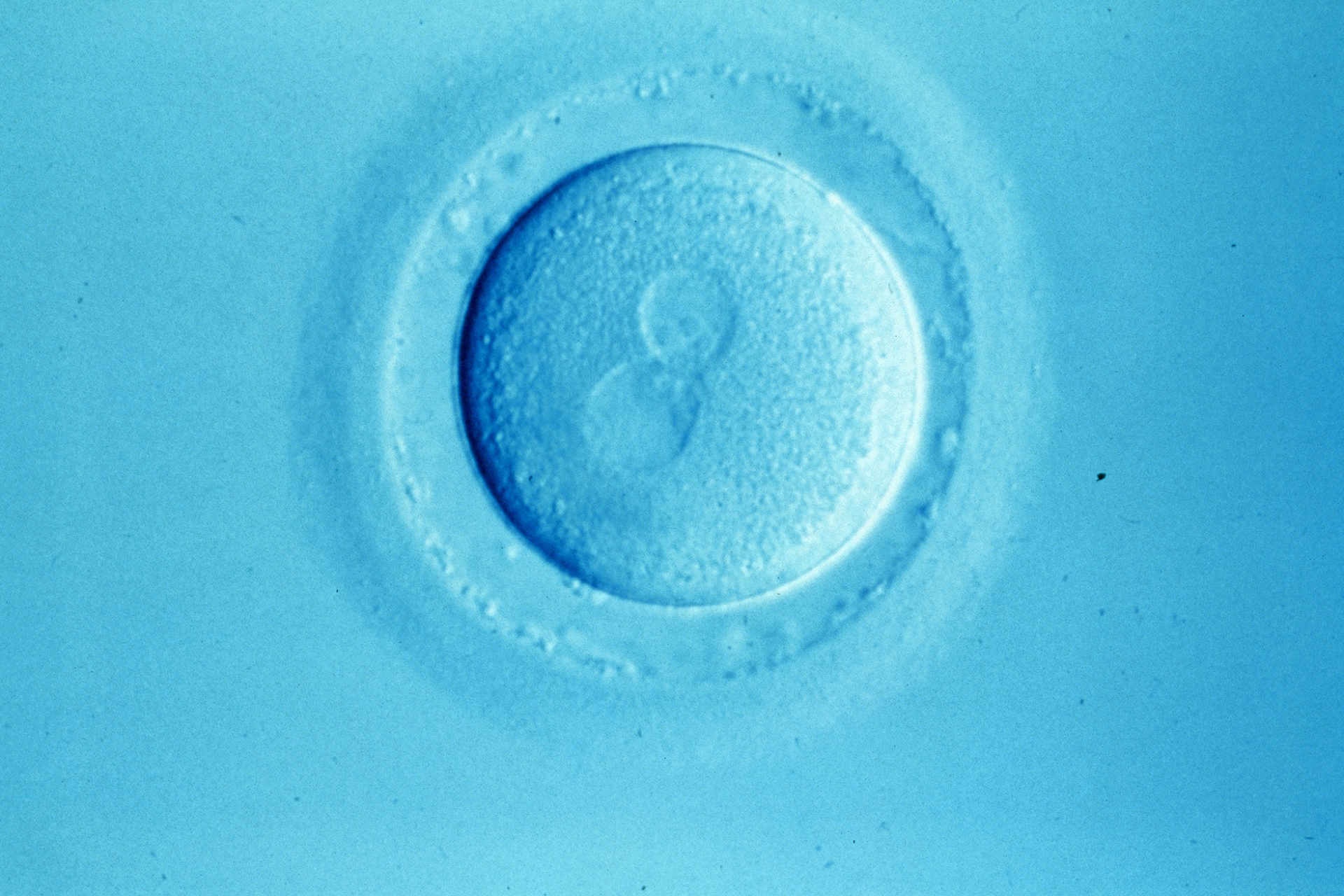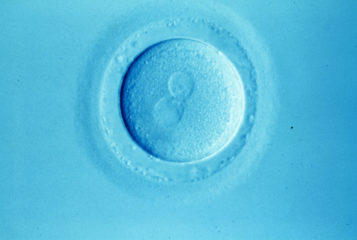A Dutch IVF clinic is currently under investigation after it came to light that dozens of its patients might have been fertilised by the wrong sperm – half of whom are pregnant or have already given birth.
The University Medical Centre (UMC) in Utrecht revealed that a 'procedural error' had taken place in its IVF laboratory and sperm cells from a couple undergoing treatment may have ended up mixed with the egg cells of 26 other couples. As a result, there is a possibility that the fertilised eggs may not carry the genetic material of the intended father.
Of the 26 women affected, 13 had their embryos frozen for future use, four are currently pregnant and nine had their children prior to the revelation – the oldest child possibly involved in the mix-up is now aged one.
Upon becoming aware of the error, UMC Utrecht launched an investigation into what happened and put together an improvement plan. In the meantime it has restricted the clinic's activities, pending a decision to resume certain procedures at a later date. The UMC supervisory board has also sought to inform all couples involved of the error, and has invited them in to explain the events that led to it occurring. It has offered to provide counselling and the option of a DNA test to confirm paternity.
The patients involved all underwent intracytoplasmic sperm injection (ICSI), where sperm is directly injected into the egg cell to encourage successful fertilisation. A hospital spokesperson told the New York Times that the error was revealed when a laboratory technician noticed that sperm cells from a previous patient were present in an ICSI pipette used to inject sperm – apparently because the technician had used the wrong rubber top at the end of the pipette.
BBC News says that it was told by the hospital that the rubber top would typically be disposed of after each treatment, but that in this instance it was used for a number of procedures until the rogue sperm was spotted. It also said the rubber top should normally have a filter, but that it was missing from this particular one. The error could have affected couples receiving treatment between April 2015 and November 2016.
Professor David Keefe, who chairs New York University's department of obstetrics and gynaecology and runs his own IVF clinic, told the Washington Post: 'This is one of many examples where [ICSI] can go awry. It's very sobering that one of the very best fertility centers in the most regulated country in the world still had risk.'
However, Professor Keefe goes on to explain how he suspects that UMC was merely being overly cautious and abiding to ethical expectations by publicly announcing the error as 'the thought that [a sperm] would have gotten up into the [rubber top] is interesting, but theoretical. There aren't that many sperm to get up there.'
Shortly after UMC's statement was released, it was reported that a Czech fertility clinic, Reprofit, had accidentally implanted two women with each other's embryos. The women had both travelled to clinic from other EU countries to receive treatment.
Matej Stejskal, the vice-chairman of the clinic's holding company, FutureLife, said that the mishap was a result of 'human error, not a system failure' and that 'the people who manipulated the embryos are suspended'.
The Czech Republic's State Institute for Drug Control is reportedly investigating the error, which could also give rise to legal issues as, according to Czech law, the legal mother of the baby is the woman who gives birth to the child, regardless of genetic maternity.





Leave a Reply
You must be logged in to post a comment.